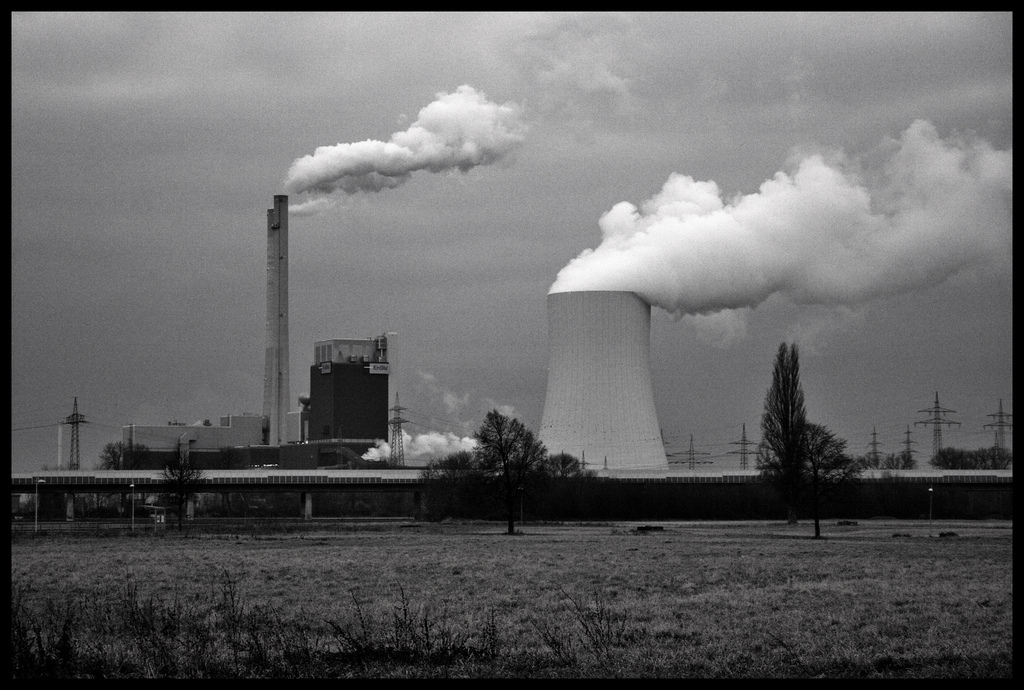
States have a chance to safeguard more than the climate when they adopt the Environmental Protection Agency’s proposed Clean Power Plan. That’s because many of the strategies used to reduce carbon dioxide emissions have the added benefit of improving air quality.
The Clean Power Plan seeks to cut carbon dioxide emissions from existing power plants to 30% below 2005 levels. There are many ways to achieve this goal, but according to reports out of Syracuse University and the Harvard School of Public Health, scenarios that rely on efficiency and clean energy are most effective at curbing both carbon emissions and air pollution.
Efficiency upgrades and shifting to energy sources like wind and solar were tied to improvements in ozone and particulate matter or soot, two indicators of air quality. Both ozone and soot are linked to heart attacks and respiratory problems. Power plants can meet emissions targets in other ways, but this means missing out on air quality benefits.
The human health implications are stark. In the continental U.S., the highest performing plan analyzed would save 3,500 lives per year starting in 2020, while the plan without efficiency measures would lead to more premature deaths. Without efficiency-based plans, 16 states can expect air quality declines and negative health consequences. That’s compared to an increase in air quality and health benefits in every state when efficiency measures are implemented.
Moving forward, carbon reducing strategies with co-benefits should be prioritized.
*********
.
Web Links
To learn more about air quality and health outcomes in your region, including maps and a report summary, visit the Harvard Forest website.
Photo, posted December 17, 2009, courtesy of Dmytrok via Flickr.
.
Earth Wise is a production of WAMC Northeast Public Radio, with script contribution from the Cary Institute of Ecosystem Studies.
